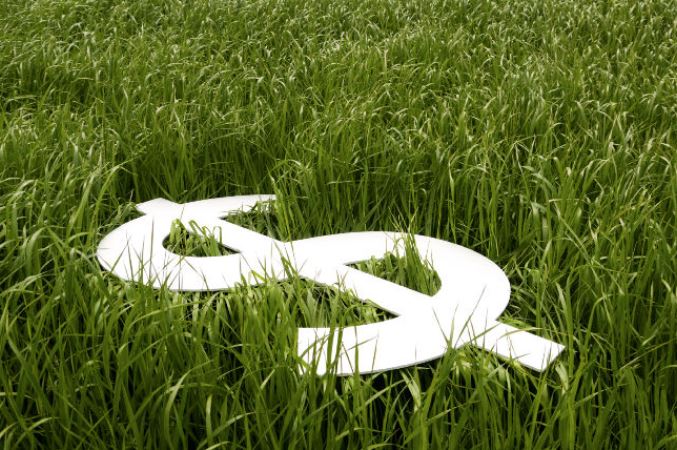Every now and again, I find clients who are uncertain or upset about how taxes should be paid/split when selling farm land. While many terms of a land deal can be unique, we generally see a common theme for how to handle taxes when selling farm land. The general rule of thumb goes like this…the one who gets the benefit from the land for the current tax year (either in income or the crop) pays the tax. Let me give you a couple of examples:
- Land sold by an owner (family/investor) that is NOT farming the land – To determine who pays the taxes in this situation, ask this key question:
- Has the seller received the rent income for the year?
- Yes: Seller pays the full taxes (this assumes the seller keeps the rent check).
- No: Buyer pays the full taxes (this assumes the buyer gets the rent check).
- Partially: It isn’t uncommon for farm rents to be paid 50/50 in the spring and fall. If the seller has received half the income, then they usually would pay half the taxes. This again assumes the seller is keeping the check for half of the rent.
- Land sold by an owner who is also farming the land – This one is more simple generally…just ask this:
- Is the seller going to be planting & harvesting the crop on the land during the year the land is sold?
- Yes: Seller pays the taxes (this assumes buyer takes possession after the crop year ends)
- No: Buyer pays the taxes (this assumes buyer takes possession before the crop year starts)
Of course this point can be negotiated, but usually the above standards are applied by buyers and sellers of farm land in our area of North Dakota and Minnesota. If you have seen other methods used successfully or have questions, feel free to contact us to share.
Until next time!
Andy





